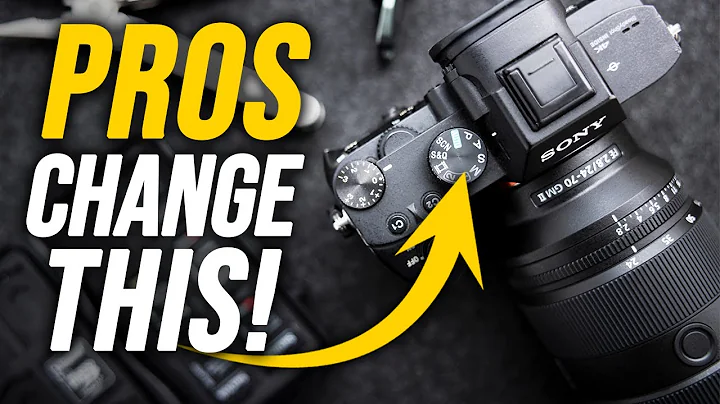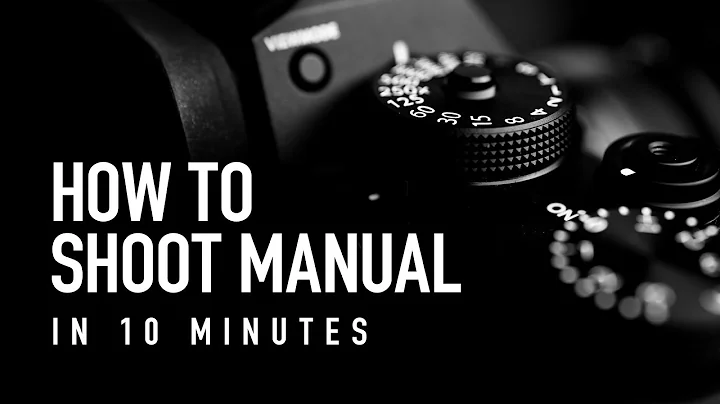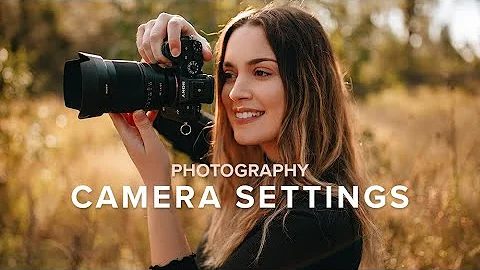Generally, when newbies get a camera, they will read the manual and learn the shooting methods and techniques from the manual. The thick manual is okay to read at first, and you will read it very carefully, but after reading it for a long time, you no longer want to read it, and you can’t read it. Go in. In fact, it’s not that complicated. You can learn it quickly by reading more of my articles, haha. The following are some common shooting scenes, which can be learned once you learn them. It is very simple.
1. People photography: People photography basically uses a larger aperture (within f4) and a focal length of 50m or more. For example, lenses 50/1.2 and 85/1.2 are better lenses for portraits, but they are more expensive. Cheap ones are like 50/1.8 and 50/1.4. The shooting distance is based on full body, half body and close-up, using AV mode. Generally, the ISO is 50 or 100 when the weather is good, and it generally does not exceed 400 when the light is slightly dark. The higher the ISO, the worse the image quality and the stronger the graininess.

Portrait photography
2. Photographing landscapes: When photographing landscapes, you need to pay attention to the weather. It is best to shoot city scenery in the morning or evening, while the outdoor scenery is sunny. The camera is set to AV file priority, the aperture is kept around F8-F10, and the general lens is wide-angle lens .

Landscape Photography
3. When shooting snow scenes, the background light will be strongly reflected by the snow, and the camera metering deviation will be large. You need to increase the exposure, otherwise the snow will turn gray, adjust the white balance.

Snow scene shooting
4. Close-ups of stationary small things: such as flowers, grass, small insects and other stationary animals: the aperture is F6-F8 or below, use a macro lens to shoot, it is best to keep the distance within 1 meter, and try to keep the background as clear as possible further away so that the background can be blurred. If the light is good, the ISO is generally 50 or 100. When the light is not good, the ISO is best controlled within 400 and not too high. Choose a macro lens as the lens, such as micro .

Macro Photography
5. When photographing buildings, you must pay attention to composition. Generally, there are methods such as the rule of thirds, symmetry, leading lines, foreground contrast, combination of light and shadow or characters, etc., which can always highlight the artistic feeling.

Architectural Photography
6. When shooting sunrise and sunset, choose the right season. Generally, spring and autumn are more suitable for shooting. The weather is clear and sunny. Use clouds, reflections and other techniques to compose the picture. Be careful not to wait for the sun to be strong before shooting, otherwise it will hurt your eyes. Usually taken just after sunrise or about to set.

Sunset Photography
7. Aperture: The larger the value, the smaller the aperture produced. For example, F8 has a smaller aperture than F4. The larger the aperture, the more light CMOS is sensitive to. You can also get a faster shutter, doubling the aperture will double the shutter speed. At the same time, with a large aperture, you will get a deeper shallow field, which means the background will be blurry.

aperture photography
8. Shutter application: When shooting dynamic things, try to choose a fast shutter speed to prevent objects from being smeared. If you need to capture continuous action, you need to use a slow shutter speed. safety shutter is the minimum shutter speed to ensure image clarity. Safety shutter = 1/focal length of lens.

Shutter photography
9. Try shooting in manual mode: For cameras, parameters related to imaging effects usually include: light, exposure and white balance. In this mode, the above three parameters are controlled by the camera itself and cannot be changed automatically. However, in some complex lighting conditions indoors or at night, the automatic mode does not help us take satisfactory photos. For example, in some bright light environments, the camera's automatic exposure may not be accurate enough. We need to make appropriate exposure compensation adjustments to achieve better results.

Long exposure photography
If you want to have a deeper understanding of photography, you need to learn a lot and there are many techniques. photography is an act of recording, a way of creation, a kind of self-expression, and an inexplicable and unique feeling. Follow me if you like it!





















